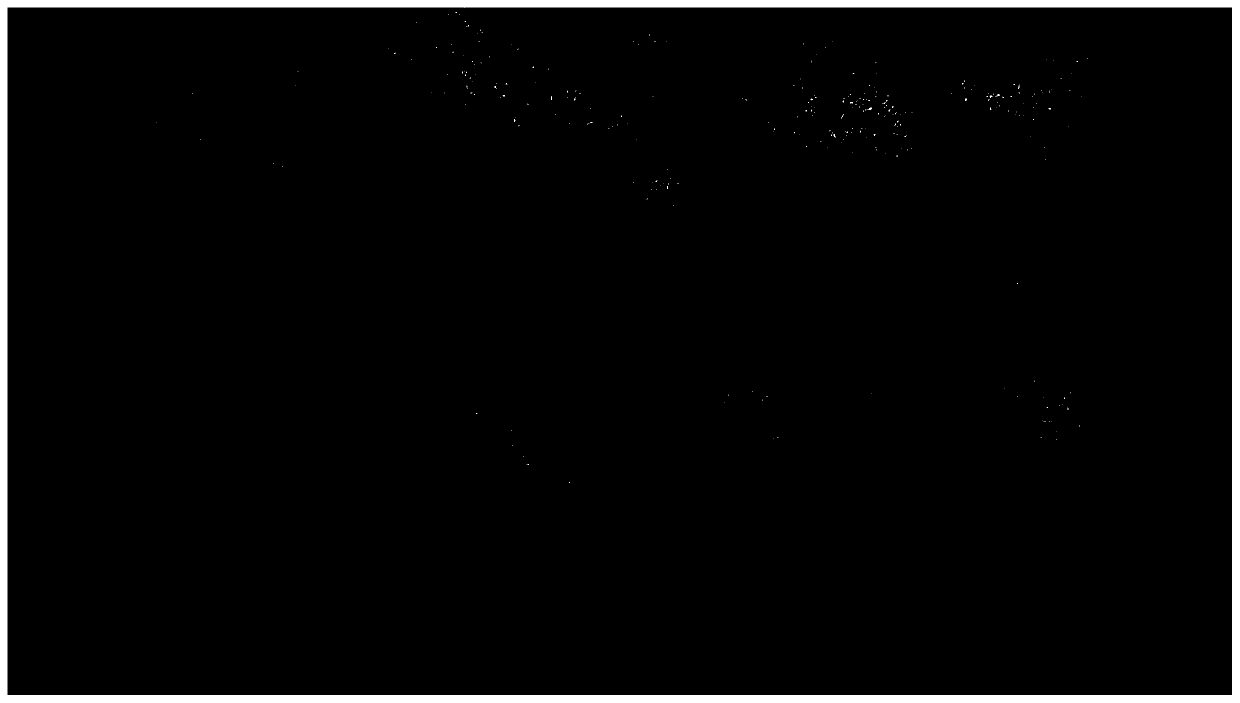Method for hardening and transplanting savatier monochasma herb
A technology for velvet grass and seedling refining, which is applied in the field of agricultural cultivation and can solve the problems of low survival rate of seedlings and inability to continue transplanting to fields or nurseries.
- Summary
- Abstract
- Description
- Claims
- Application Information
AI Technical Summary
Problems solved by technology
Method used
Image
Examples
Embodiment 1
[0042] A method for hardening and transplanting velvet grass, comprising the following steps:
[0043] (1) Greenhouse seedling hardening: Put the rooted seedlings of pilose antler grass in the greenhouse for 30 days, cover them with 90% shade nets for the first 3 days, replace 90% shade nets with 75% shade nets after 3 days, and use them first after 8 days Replace 50% of the shading net with 75% of the shading net, and remove the shading net after 15 days to allow it to receive natural light;
[0044] (2) Matrix screening: the matrix is composed of pine needles, peat soil, and river sand, and the pine needles need to be decomposed in advance;
[0045] (3) Mixed substrate: pine needles, peat soil, and river sand are mixed according to the volume ratio of 1:1:3; the method of decomposing pine needles is: the pine needles are crushed to a particle size of 3 cm in length, and the EM bacterial liquid is piled up and fermented. Evenly spray and inoculate on the surface of pine ne...
experiment example 1
[0051] Put the rooted seedlings of velvet antler in the greenhouse for about 20 days, cover them with 90% shade nets for the first 3 days, replace 90% of the shade nets with 75% shade nets after 3 days, and replace them with 50% shade nets after 8 days 75% shading net, remove the shading net after 15 days to allow it to receive natural light.
experiment example 2
[0053] Put the rooted seedlings of velvet antler in the greenhouse for about 20 days, cover them with 90% shade nets for the first 5 days, replace 90% of the shade nets with 75% shade nets after 5 days, and replace them with 50% shade nets after 10 days 75% shading net, remove the shading net after 15 days to allow it to receive natural light.
PUM
| Property | Measurement | Unit |
|---|---|---|
| Length | aaaaa | aaaaa |
| Length | aaaaa | aaaaa |
| Length | aaaaa | aaaaa |
Abstract
Description
Claims
Application Information
 Login to View More
Login to View More - R&D
- Intellectual Property
- Life Sciences
- Materials
- Tech Scout
- Unparalleled Data Quality
- Higher Quality Content
- 60% Fewer Hallucinations
Browse by: Latest US Patents, China's latest patents, Technical Efficacy Thesaurus, Application Domain, Technology Topic, Popular Technical Reports.
© 2025 PatSnap. All rights reserved.Legal|Privacy policy|Modern Slavery Act Transparency Statement|Sitemap|About US| Contact US: help@patsnap.com



